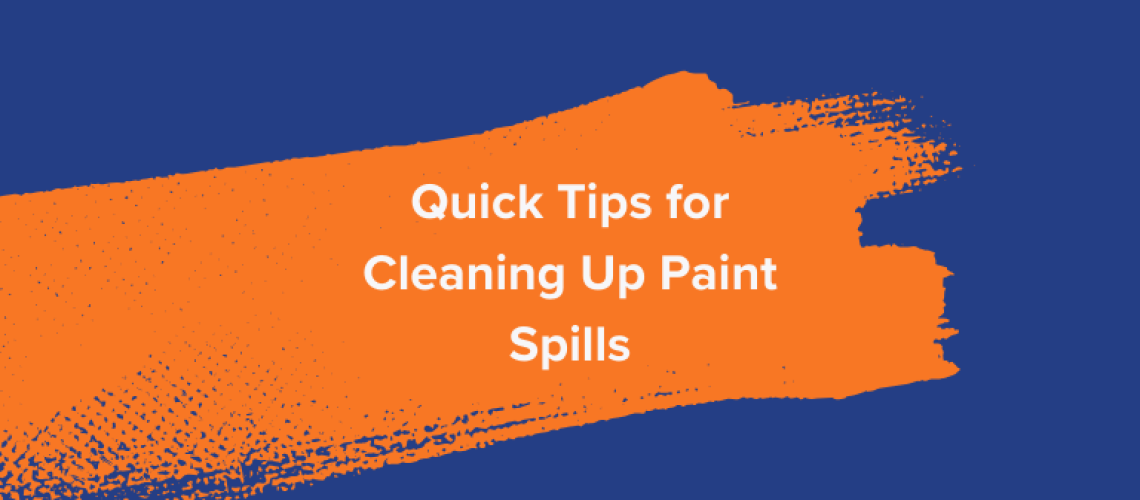Spilled paint is a common mishap, but knowing how to tackle it can save your day. Whether you’re a pro or a DIY enthusiast, follow these essential steps for a successful paint spill cleanup:
1. Act Swiftly: Time is your ally. Grab clean, dry rags, paper towels, or a sponge to begin the cleanup process.
2. Contain the Spill: If it’s a sizable spill, prevent the paint from spreading further using a drop cloth or plastic sheeting.
3. Blot, Don’t Wipe: Gently blot the spill with a clean cloth to absorb as much paint as possible. Avoid wiping, as this can worsen the situation.
4. Scrape Excess Paint: Use a plastic scraper or putty knife for dried or thick spills to help carefully remove excess paint.
5. Handling Wet Paint: If the paint is still wet, using a cloth dampened with warm, soapy water, gently blot the area. Rinse and repeat until the mess vanishes. A mixture of water and a few drops of dish soap works wonders for latex paint.
6. Dried Paint Dilemma: Dealing with dried paint is more challenging. For latex paint, consider rubbing alcohol or acetone, but use caution, as they can affect the surface underneath. For oil-based paint, use the solvent recommended on the paint can.
7. Surface Inspection: Inspect the surface for any lingering residue after cleanup. If anything remains, clean it with mild detergent and water if necessary.
8. Gentle Approach: Avoid vigorous scrubbing, as it can damage the surface or spread the stain. Instead, gently dab and blot the area.
Remember, the success of your paint spill cleanup depends on various factors, including the type of paint, the surface you’re working on, and the size of the spill. Bookmark this post for future reference! In cases of uncertainty, don’t hesitate to consult a professional who can provide expert guidance.
